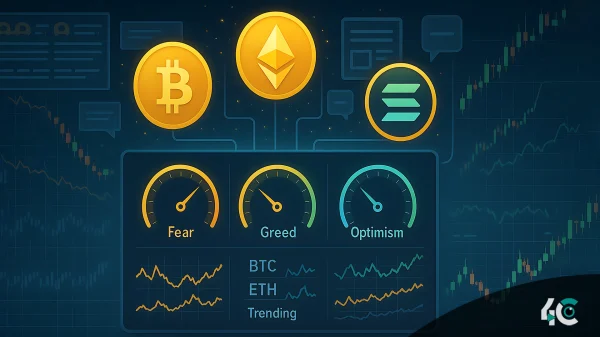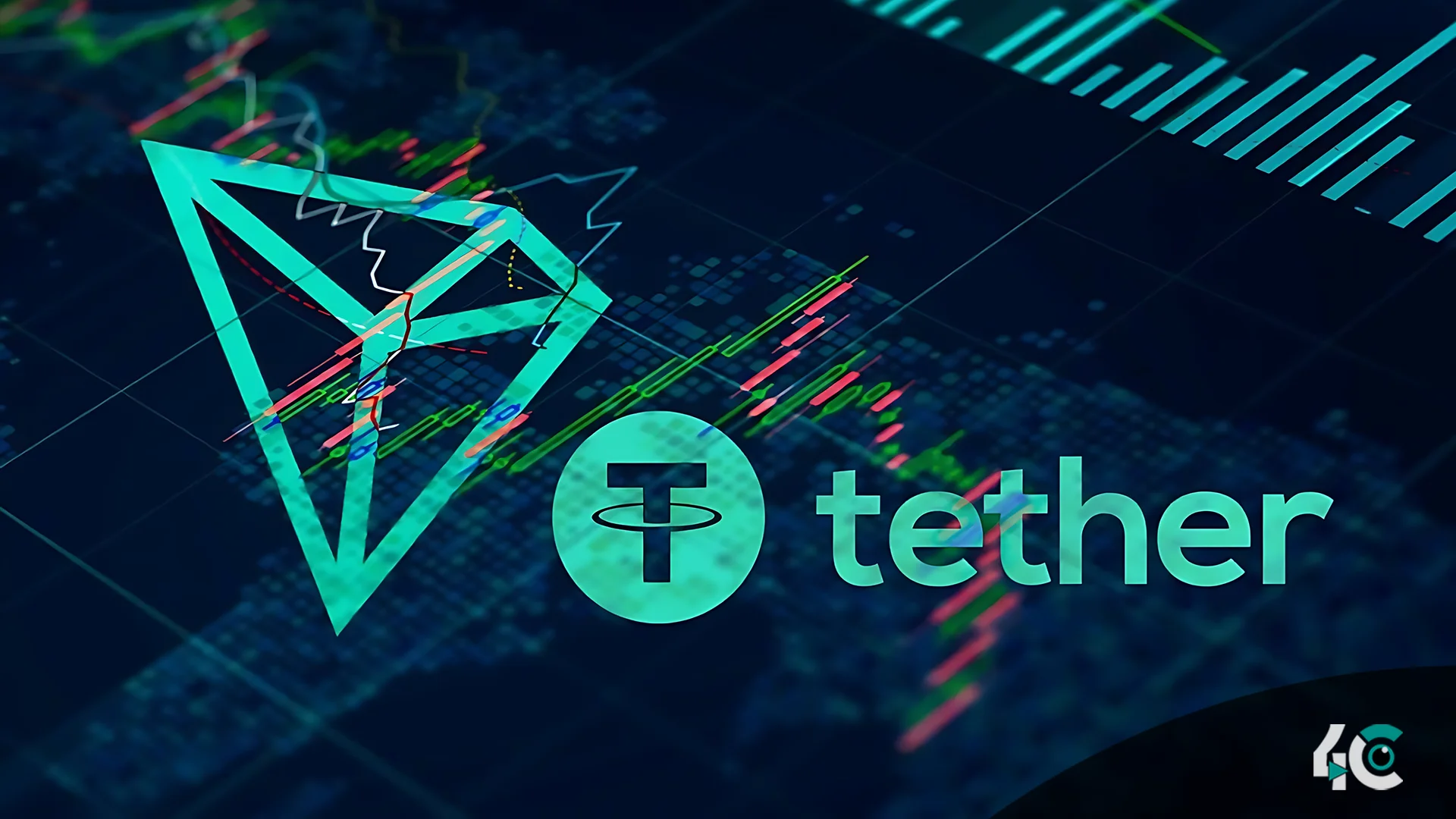The biggest stablecoin producer, Tether, has created $1 billion worth of Tether-USD tokens (USDt) on the Tron blockchain, which lets users make transactions without paying any fees. Arkham Intelligence, a blockchain analytics tool, said the transfer took place on November 14. Tether moved the tokens from a “black hole address” to its multisignature wallet and then to the company’s bank account, all without incurring any network fees.
This move shows how cost-effective the Tron network is, which is why stablecoin producers like it so much. Its low transaction fees make it especially appealing in places where high exchange costs can make it difficult to send money to other people.
Tether’s transparency report says that the Tron network now has $62.7 billion in approved USDt, which is about the same amount as Ethereum’s $62.9 billion. Even though Ethereum has a bigger ecosystem, Tron has become a strong competitor in stablecoin circulation. This has helped Ethereum’s image as a safe place to do business with money.
In August 2024, Tron had 37.9% of the stablecoin market, making it the second largest blockchain for them. Ethereum had 55.7%. Simultaneously, Tether allocated an additional $1 billion USDt to Tron to augment its existing funds. These tokens, authorized but not yet distributed, await requests to enter circulation.
The quantity of stablecoins is a key sign of how the market feels. If the supply goes up, it means that trade is going well and people are feeling optimistic. If it goes down, it could mean that investors are losing interest. The latest minting of Tether shows how Tron’s low transaction costs help stablecoins become more popular, especially in developing countries.
With $577 million in sales in the third quarter of 2024, Tron continues to solidify its place as an important center for stablecoin operations. As more people look for blockchain solutions that work well and don’t cost a lot of money, Tron’s popularity is likely to grow, strengthening its place in the changing world of digital assets.
































